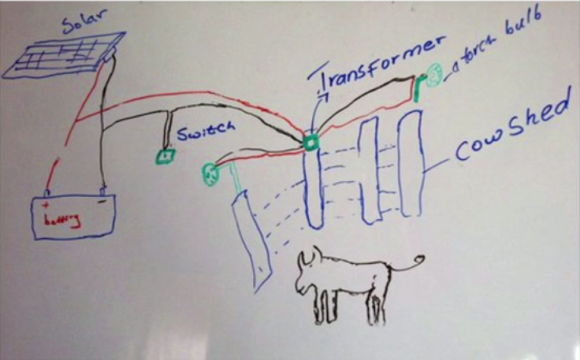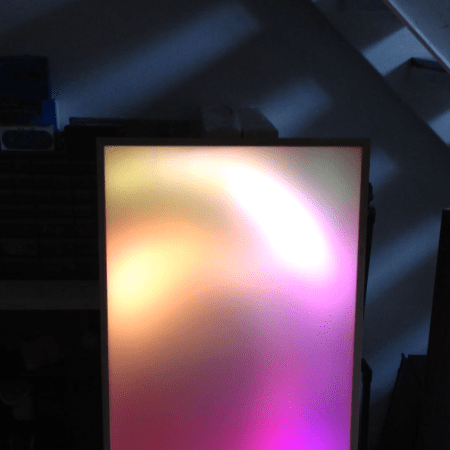GUEST POST
Above: Get ready for a super-speedy future.
Last month, the Wi-Fi Alliance and the Institute of Electrical and Electronics Engineers (IEEE) announced that they would begin to look toward 802.11ax, a new successor to the 802.11ac Wi-Fi standard.
Though still in the early days, the IEEE has started to set priorities for the new standard. At the top of the list is a four-fold increase in network speed for devices, possibly allowing individual device connections, even for those with limited battery power, to move to the gigabit range for the first time.
Sounds awesome, right? Not so fast.
New radio technology known as MIMO-OFDA will power this increase. MIMO means multiple-input, multiple-output: In other words, using multiple antennas to send multiple data streams to devices – a technology that has been in play since 802.11n. And OFDA is a variant of the orthogonal frequency division multiplexing (OFDM) technologies used in 4G cellular and previous Wi-Fi standards.
Chinese equipment company Huawei — which is heading up the IEEE's 802.11ax working group — has already done trials of MIMO-OFDA systems that have hit 10.53 Gbps in the lab using the existing 5 Gigahertz (GHz) Wi-Fi band. Surely both manufacturers and users will be clamoring for access to this new technology, right?
Not exactly. The 802.11ac standard — currently the "latest and greatest" — was only approved in January of this year. While we in the Wi-Fi community have great hopes for 802.11ac, most clients do not even support it yet, and the rollout in clients has been slow so far.
The same is true for enterprise-class equipment. Although the key wireless local area network (WLAN) manufacturers introduced enterprise-grade hardware later in 2013, adoption has not taken off just yet. So that means most enterprise and hotspot networks today are still based on 802.11n, or older, technology.
Since your WLAN is only as fast as your clients, a critical mass of 802.11ac clients and a compelling business case are what will drive infrastructure (access point) upgrades. Clients who are still using 802.11g or 802.11n Wi-Fi technology will still have 802.11g or 802.11n connectivity speeds — even if the network has been upgraded to 802.11ac. These slower clients will reduce the overall network efficiency for everyone, even the 802.11ac innovators.
For these reasons, by all analyst accounts the real enterprise activity on 802.11ac won't start until 2015.
And it's not just the business case that we need to worry about. The technological advances being put forth in the 802.11ax specifications are tremendous, and the ability of manufacturers to design and produce compliant equipment is becoming more and more challenging.
This trend began back with 802.11n. MIMO, a very challenging technology to implement, was first introduced with 802.11n. The complexity of this technology created a slow roll-out of devices, first one-stream devices, then two stream, then three, etc., with very few four-stream devices hitting the market before devices based on the 802.11ac specification were already being introduced.
This trend is being repeated with 802.11ac technology. The full capabilities of 802.11ac are incredible, but we're only a small part of the way there when you consider the equipment that is shipping today. At this point it is very unclear how long it will take for the full capabilities of 802.11ac to be realized, and if they even will before manufacturers shift their attention to 802.11ax.
Another important fact to consider — and one that often seems to be overlooked when discussing 802.11 technology advancements — is that the predominant number of devices powered by Wi-Fi in the future will be handheld devices, including tablets, smartphones, and the like.
One of the biggest issues with these devices is their battery capacity, often leaving these devices in the proverbial dust. Most of the smart phones in use today support 802.11n, at best, and only the lowest level of MIMO: one stream. 802.11ac support is difficult to find, but increasing rapidly. But again, because of the limited battery power, 802.11ac support will most likely be only for one-stream devices, falling far short of the overall capabilities 802.11ac has to offer.
The OFDA technology being proposed with 802.11ax does hold some promise here, as this technology should be able to boost throughput without requiring additional transmitters, as is required today for multiple MIMO streams (and additional throughput). But it's still very early in the specification cycle, so we'll need to keep our eye on how 802.11ax addresses the limited power constraints of handhelds and smart phones.
There's no denying the fact that the future points towards faster, more capable wireless networks, and at a faster and faster rate. It's no different than the meteoric rise in data rates we've seen on wired networks over the past decade.
But at the same time it's important for device manufacturers to take a step back and work on implementing the standards that have already been adopted, and for industry visionaries to be sure they are specifying technologies that can be implemented across the full range of products, especially portable products.
After all, 802.11 is about mobility, isn't it?
Jay Botelho is director of product management at WildPackets, a network analysis solutions provider for networks of all sizes. Reach him @jaybotelho.



















